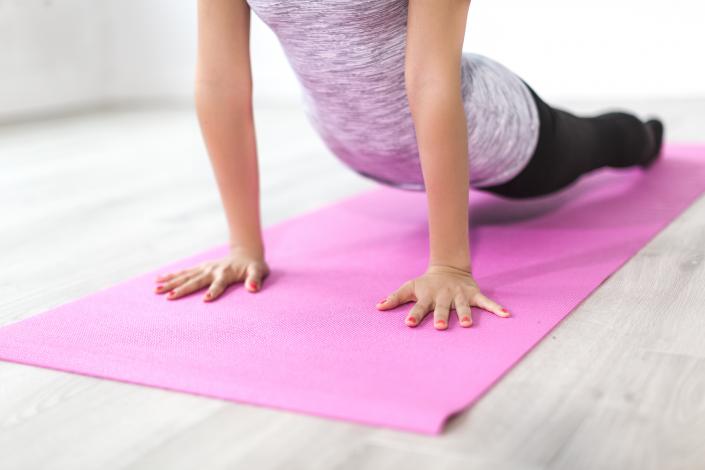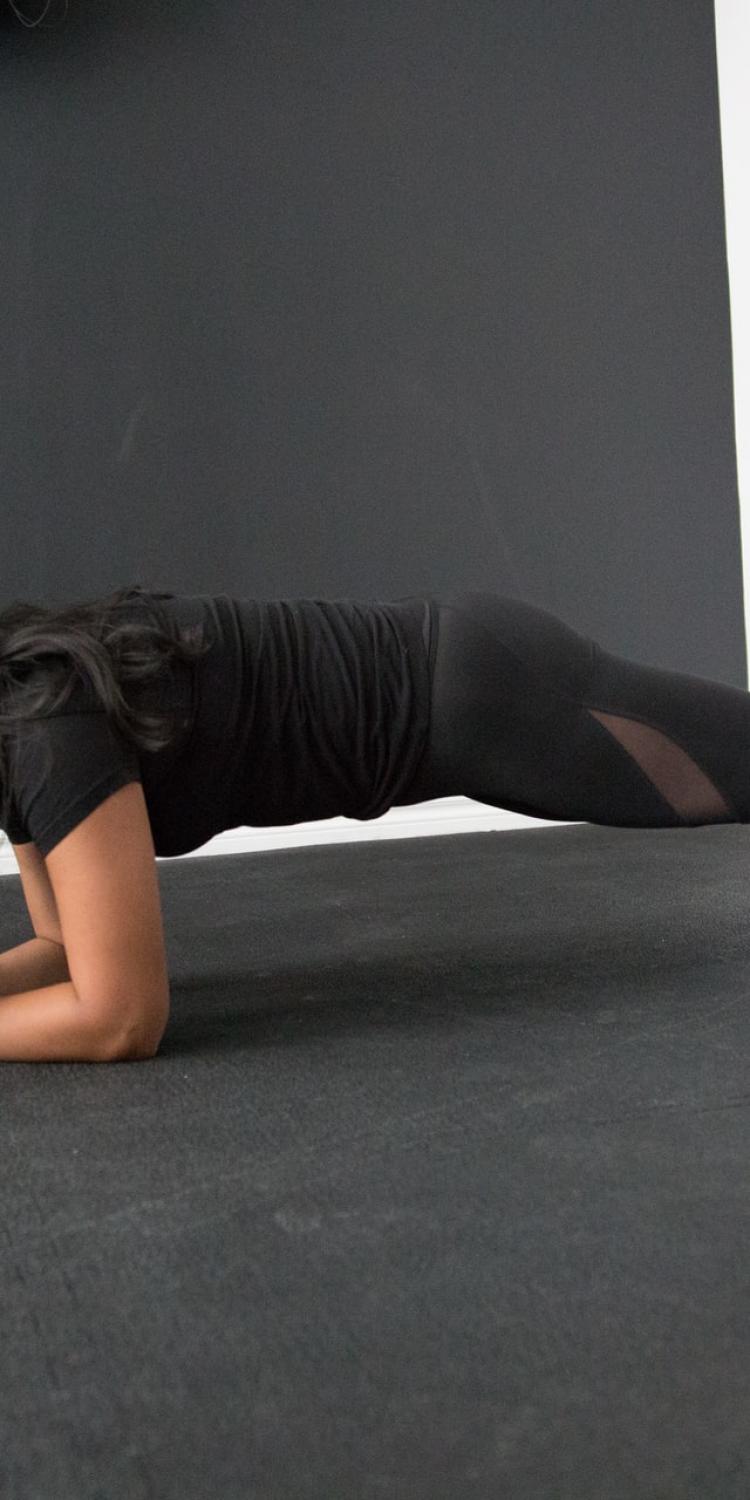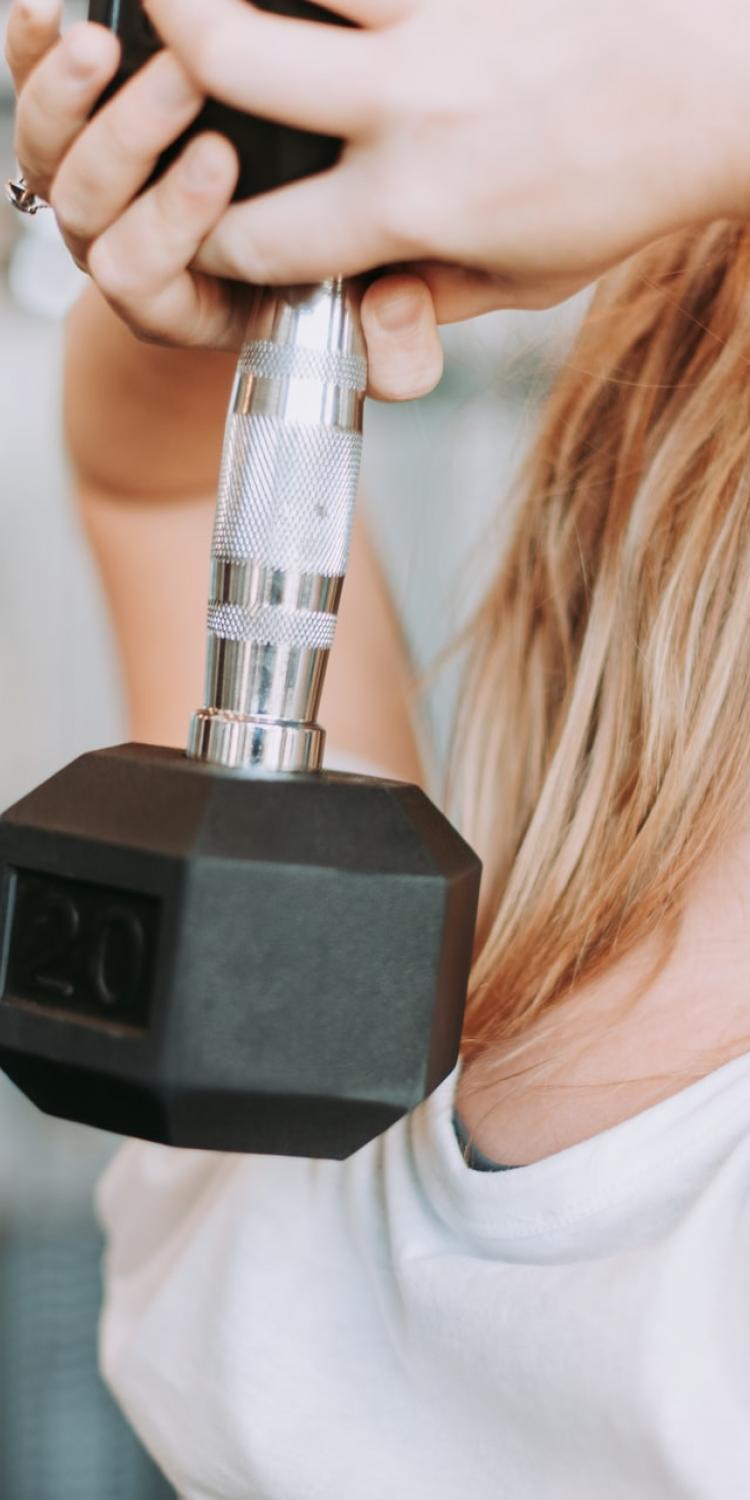Soreness After Working Out
This post contains references to products from one or more of our advertisers. We may receive compensation when you click on links to those products. Terms apply to the offers listed on this page. For an explanation of our Advertising Policy, visit this page.
Getting sore after working out is common - stretch and rest.
If you are just getting into a fitness routine for the first time in your life (or a very long time), you are likely going to find that the day after working out you are going to be sore. This is quite common, and you shouldn’t be worried about it. If you’re not sure though, then keep reading to learn a little bit more about why you’re sore and if there is a reason to be concerned about the soreness.
Soreness that you feel the day or two after a workout is known as DOMS - Delayed-onset muscle soreness. If you feel serious pain while working out, then you probably need to talk to your doctor about that pain. While it’s not uncommon to feel your muscles straining when working out (if you don’t then you’re likely not working out hard enough), feeling sharp pain is not common.
DOMS can be pretty uncomfortable, especially if it’s in muscles that you use on a regular basis. For example, if you’re just getting into a routine that involves your legs, the next day (and the day after) there’s a good chance your legs are going to be sore. Walking up stairs will be harder than usual - you may need to rest your legs a bit more than usual the day after.
Your legs aren’t the only place you’ll get DOMS. You’ll get them all over the place - any muscle that you’re working out is subject to feel this pain. You may also get DOMS in muscles that you’re not expecting as well. For example, if you’re doing pushups or another chest workout, you may find that you get DOMS in your shoulders. If you have muscles that are simply a bit weaker than others, those are more likely to get DOMS.
This pain is actually a good thing for you when working out - it tells you that you’re actually working out at an intensity which is helping to build your muscles and get better at whatever training you’re doing. While you probably won’t have DOMS after every workout, don’t expect for DOMS to go away.
You should expect to have DOMS whenever you workout. It likely will not be as severe in the future after you’ve gotten into things, but if you’re working out hard enough then DOMS doesn’t ever really stop happening. I’ve been working out regularly for 15 years and I still have DOMS every single week after working out - legs, arms, chest, back all get it. If you’re no longer getting DOMS, then you need to look at your routine and see how you can either mix it up a little bit or else increase your intensity - your body has gotten used to whatever routine you’re doing and you’re not building the muscle that you could be.
If you’re still feeling pain after more than 2 days, and it’s sharp, there’s a good chance you have an injury. Once you’ve had DOMS, you’ll know the difference pretty easily between an actual injury and DOMS, but when you’re just getting started it may be difficult to know. If the pain is really severe or sharp, and remains severe or sharp for more than 3 days, then you’ve likely got an injury. Discuss it with your doctor if you’re unsure - you don’t want to injure yourself worse.
Working out with DOMS is something that you can do, but it’s generally best to do a routine that focuses on a different part of your body. So if you’ve got DOMS in your legs, then focusing on an upper body routine of some type is generally a much better option. You don’t want to overtrain your muscles as it will open you further to injury. Overtraining is definitely not a good idea - take it slowly.
Feeling soreness in your muscles after working out is completely normal. The soreness will be more severe after beginning to workout, but you can expect to feel the soreness in the future as well as long as you continue to have intense workouts.





